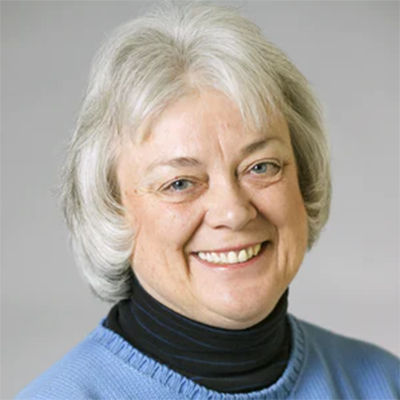Opinion: Four young men in Greensboro started the sit-in movement

It was to be an early day, so I stopped by the local Dunkin Donuts to get some hot chocolate. The person in the truck ahead of me paid for my drink. So, thanks, truck-person. I was on my way to meet some Methodists in Black Mountain to head out to the International Civil Rights Center and Museum in Greensboro, just a few days after the 63rd anniversary of the sit-in that started the movement on Feb. 1, 1960.
All fall of ‘59 in Nashville, young activists, including the late John Lewis, were meeting with James Lawson and practicing nonviolent behavior in direct action activities such as sitting at a dime store lunch counter. But here were four young freshmen, still in their teens, students at North Carolina A&T. Maybe they weren’t aware of what was going on in Nashville. They were frequent shoppers at the Woolworth’s downtown on South Elm, an easy walk from campus. In a casual talk, they decided to make a statement and sit at the counter the following afternoon.
First, of course, they would buy something in another part of the store — toothpaste, school supplies — so when the waitress said to them “We don’t serve coloreds here,” they would be able to hold up their bagged purchase and say “But you just did.” One of them had come from his ROTC class and wore his uniform. The others wore ties. (It was a different day.) They weren’t served that day and they weren’t arrested, either. They waited politely until the store closed. And then they left.
Outside the door, a photographer, who had been alerted, took their picture as they walked away. This picture appeared in the Greensboro paper the following day, and the young men returned to the counter the next day. Others joined them. Soon, sit-ins began happening across the South. Many of the HBCU schools participated, and North Carolina led all other southern states in this movement.
Students from white schools soon joined the effort. Today we might call those young people student progressives. But it could have been anybody who had a sense of fair play, of understanding when it is hot outside you might just want a cold cola. The sit-in at this Woolworth’s in Greensboro lasted until the end of July — almost six months. Students were there every day and high schoolers came in the summertime, until better sense prevailed and that particular counter was, at last, integrated. Part of the counter was taken to the Smithsonian American History Museum to commemorate the beginning of the sit-in movement.
I like returning to these places where history was made and thinking about the time I lived through but seemed oblivious to at the time. I remember working as a checker at Winn-Dixie the summer of 1964, the year I graduated from high school. When it was time for me to leave for college, I asked the Black produce manager, a student at the HBCU Edward Waters College in Jacksonville, Florida, if he wanted to go to lunch. He looked up and said: “And where do you suppose we might go?” I quickly started my sentence: “Well, down to … (and as I pointed in the direction of the drugstore with a lunch counter, it dawned on me that we couldn’t go there.) Well, I could, but he couldn’t. I was white; he was Black. And this was three years after the sit-in movement had started. This drugstore still wasn’t integrated. I am not sure how we ended this awkward moment. I just know we didn’t have lunch together. Sometimes you have to be in the midst of these moments to have the reality hit you in the face.
Cassandra Williams, the educational programs coordinator at the museum, was our tour guide. She knows her stuff and doesn’t make a single misstep. Before retirement, I used to teach the history and literature of the civil rights movement, so I find myself on high alert when I listen to another. We have all traveled to places that require a tour, but the guides that are superior stand out. Ask for Cassandra when you decide to visit this first-rate museum.
And don’t forget a stop by North Carolina A&T administration building on Market Street, so you can spend just a moment looking in the larger-than-life faces of the four young freshmen who started this movement: David Richmond (1941-1990), Franklin McCain (1941-2014), Ezell Blair Jr. (1941-), Joseph McNeil (1942-).
Margaret Earley Whitt is a retired college professor and lives in Gerton.
This article originally appeared on Asheville Citizen Times: Opinion: Four young men in Greensboro started the Sit-In Movement
